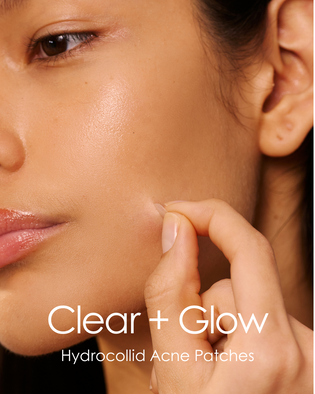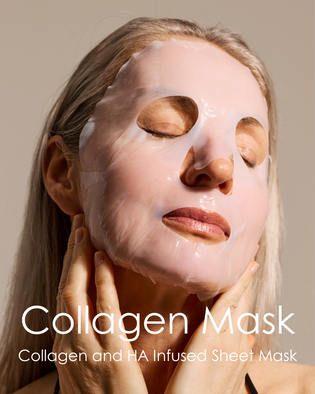
Does Red Light Therapy Make Melasma Worse?
IN THIS ARTICLE:
- 01 What is Melasma?
- 02 What Causes Melasma?
- 03 Does Red Light Make Melasma Worse?
- 04 Does Blue Light Make Melasma Worse?
- 05 Does Red Light Therapy Help With Melasma?
- 06 Does Infrared Light Help with Melasma?
- 07 The Takeaway: What Color Light Therapy is Best for Melasma?
What is Melasma?
Hyperpigmentation is the darkening of certain areas of the skin due to excess melanin production. It gives the appearance of uneven skin tone and includes age spots, sun spots, post-inflammatory hyperpigmentation, and, yes, melasma. Melasma is a tricky subtype of hyperpigmentation and can be harder to clear. Melasma results from the overproduction of melanin when specialized skin cells called melanocytes are stimulated. Melanocytes develop from cells located in the basal layer, the deepest part of the epidermis They appear as darker, larger areas of discoloration than other types of hyperpigmentation, melasma is, however, treatable and does not pose a danger to health, although pigment disorders can 'reduce the quality of life, especially when located on the face, hands, or other visible parts of the body.'
What Causes Melasma?
So, what exactly causes these specialized skin cells to become overstimulated, triggering melasma?
- Hormones: There is a clear link between melasma and hormonal fluctuations. Melasma is particularly common in pregnant women and women taking hormonal contraceptives or undergoing hormone replacement therapy. The exact mechanism is largely unknown, but it is believed to be related to the interaction between estrogen, progesterone, and melanocyte-stimulating hormones produced by the pituitary gland.
-
Sun exposure:
Sun exposure is one of the primary risk factors for melasma, as it is thought to be both a cause and a trigger. Underlying factors such as hormonal fluctuations may be the primary cause, but sun and light exposure may trigger and exacerbate the appearance of melasma. If you have a history of melasma, it is important to exercise caution when spending time in the sun. It is not only UV light (the main risk factor for aging and skin cancer) that triggers melasma, but some types of visible light, such as blue light and heat exposure, also stimulate melanocyte activity. You will therefore need an SPF product that protects not only against UV rays but also visible light. Dermatologists recommend a SPF 50+ with physical (mineral) blockers, such as zinc or iron oxide or titanium dioxide, or chemical blockers such as Avobenzone, Mexoryl SX, and Mexoryl XL.
- Skin type: According to the American Academy of Dermatology, people with darker skin tones are more prone to melasma, likely due to more active pigment-producing cells in the skin. Fitzpatrick Skin Types III–VI are most commonly associated with melasma, as UV sensitivity is likely higher in these skin types also.
- Gender: Women are 9 times more likely to develop melasma when compared to men. This is likely due to hormone-related factors such as pregnancy, puberty, and menopause.
- Certain medications: Medications that increase the skin's sensitivity to light, such as retinoids, antibiotics, and blood pressure medications, as well as anti-seizure medications and contraceptive pills, can all trigger melasma.
- Thyroid disorders: Impaired thyroid function is an increased risk factor for melasma. This is due to the link between the thyroid gland and hormonal regulation. A 2019 systematic review of the link between melasma and thyroid disorders found that those with melasma had higher levels of TSH (thyroid-stimulating hormone), anti-TPO (antibodies against thyroid peroxidase), and Antithyroglobulin antibodies (antibodies against thyroglobulin), suggesting a strong link between thyroid dysregulation and melasma. The link was particularly clear in female participants.
- Stress: Some limited evidence suggested that an increase in the stress hormone cortisol may contribute to the appearance of melasma. This may overlap with hormonal fluctuations in some way and requires further study to make a definitive determination.
- Genetics: 40-50% of those with melasma have a family history of the skin condition. While the exact genes are still being studied, certain genes such as MC1R gene have been implicated in contributing to melasma.

Does Red Light Make Melasma Worse?
There is no credible evidence that red light therapy wavelengths stimulate the production of melanin in the skin. There is some anecdotal evidence to indicate users have experienced a worsening of melasma after using LED light therapy devices. This is likely due to the LED light therapy device emitting some level of heat energy and the user already having heat-induced melasma. LED light therapy wavelengths are non-thermal - ie, they do not produce any heat. Some devices may use lower-quality bulbs, which emit some heat, and this may be a risk factor for melasma. Also, it is important to adhere to recommended treatment times. For a full breakdown of the power density of LED devices, please explore our post here. Some evidence, which will be examined below, points to red light's ability to reduce melasma by regulating melanin production through various mechanisms.
Does Blue Light Make Melasma Worse?
There is some evidence that high-energy visible blue light can worsen melasma in those already suffering from the condition. It is important to preface this by stating that the dose of blue light used in these studies is very high, far higher than any at-home blue light device for acne would emit. If you are not suffering from acne and have a history of melasma or hyperpigmentation, we do recommend steering clear of blue light therapy as a precaution. In saying that, it is unlikely the power density would reach a threshold to worsen the condition. We have completed a full breakdown on blue light and hyperpigmentation with some suggestions on how to incorporate red and blue light therapy if you have acne, hyperpigmentation, and/or visible signs of aging.
This study showed that shorter wavelengths of blue and purple light (around 415 nm, 50 J/cm2) can activate a protein called OPN3 in the skin. When OPN3 is triggered, it sets off a chain reaction involving other proteins (CAMKII, CREB, ERK, and p38), which then increases the activity of MITF. MITF controls the expression of genes involved in melanin production (like tyrosinase), so it plays a key role in skin pigmentation and response to UV or light exposure. As touched on earlier a dose of 50J/cm2 (the dose used in this study) is way above the dose typically provided by an at-home blue light therapy device, for example, the blue light therapy mode on our LumaLux Face LED light therapy face and neck mask has a total energy output of 5.4J/cm² which is within the recommended range to eliminate acne causing bacteria and reduce inflammation.
Similarly, another study shows that blue light therapy resulted in changes in skin chromophores, including hyperpigmentation. 450nm blue light wavelengths delivered a dose of 60J/cm2, again way above what would be reasonably delivered through an at-home device.
This study even stately that the 'activation may be dose-dependent' and in smaller doses, blue light is still unlikely to trigger the same response.. This study found that when using lower doses of blue light (450 nm) and green light (550 nm), these lights did not activate the protein OPN3 in human skin. OPN3 acts to slow down melanin production by controlling a process involving the MC1R receptor and a signalling molecule called cAMP, which is usually triggered by α-MSH (a hormone that promotes pigmentation). Essentially, at these lower light levels, blue and green light didn’t turn on OPN3, so they didn’t affect this pigmentation control pathway.

Does Red Light Therapy Help With Melasma?
One study of 660nm red light wavelength, showed three things
- A reduction in the activity of the enzyme tyrosinase, which helps produce melanin.
- A reduction in MITF (Microphthalmia-associated transcription factor) a protein that supports the production of melanin.
- A stimulatory effect on ERK (extracellular regulated kinase). The activation of ERK pathways downregulates melanin production and has the potential for skin repair and renewal, as well as anti-inflammatory effects.
This study establishes red light's potential impact on melasma to disperse melanin and promote a more even and balanced skin tone by affecting the underlying cell signalling pathways.
A second study demonstrated the impact of 630nm wavelengths on melasma. The study demonstrated a reduction in the melanin content of the skin post-treatment. Decreased levels of melan-A, tyrosinase, and MITF were also observed. This study suggests that 630nm red light wavelengths are also associated with reducing melasma from the basal skin layer.
Another study looked at the yellow light therapy wavelength, which is slightly shorter than red at 590nm. A positive impact was seen in both skin pigmentation and erythema (redness), suggesting that a combination of wavelengths may be most effective for treating skin pigmentation.
Key observations included:
- Reduction in cell migration and tube formation, which are important processes in the buildup of melanin in the skin
- Reduction in secretion of growth factors such as vascular endothelial growth factor (VEGF) and stem cell factor (SCF) (which both encourage melanin production)
- 590 nm LED light inhibited the activation (phosphorylation) of a key signaling pathway in cells, called the AKT/PI3K/mTOR pathway. This pathway is involved in various cell functions, including cell growth and survival.
These observations are quite promising for the treatment of melasma and facial redness with yellow light due to the non-invasive and relatively risk-free nature of the treatment.
Does Infrared Light Help with Melasma?

In one study, 940nm infrared light therapy wavelengths were successfully used to treat melasma when combined with microdermabrasion. Researchers observed a 'significant improvement' on the side of the face treated with infrared light therapy, indicating the effective modulation of melanocytes to reduce excess skin pigmentation. It is interesting to note that pulsed light was used in this study. Pulsed light is thought to allow deeper penetration and moderate heat buildup, and may be more effective for the treatment of hyperpigmentation, while continuous red light is more effective in supporting gradual collagen regeneration for anti-aging and healing.

The Takeaway: What Color Light Therapy is Best for Melasma?
Based on current scientific evidence, red light therapy does not worsen melasma. In fact, multiple studies show that red and near-infrared wavelengths can help reduce melanin production by influencing key enzymes and signaling pathways involved in pigmentation. Red light promotes skin repair, reduces inflammation, and may improve uneven pigmentation, making it a promising, non-invasive treatment option for melasma.
While blue light at high doses can potentially worsen melasma by stimulating melanin production, typical at-home blue light devices emit much lower energy levels that are unlikely to trigger this effect. The research indicates that intensities less than 50mW/cm2 are less likely to emit thermal energy and therefore mitigate the risk of aggravating melasma. However, caution is advised for individuals prone to hyperpigmentation, especially with darker skin types (Fitzpatrick III–VI).
Other wavelengths, such as green and yellow light, also show potential in inhibiting melanin synthesis and calming skin redness, supporting the idea that a combination of specific light therapies may be most effective.
Importantly, the risk of melasma worsening is more related to heat produced by low-quality or overused devices rather than the light wavelength itself. Using high-quality, well-designed LED devices at recommended treatment times and intensities greatly minimizes this risk.
Finally, melasma is a complex condition influenced by hormones, genetics, sun exposure, and individual skin type. Therefore, successful treatment often requires a personalised approach, including photoprotection (broad-spectrum SPF that blocks UV and visible light), good skincare, and professional guidance.


written by Sophie Flair












Leave a comment
This site is protected by hCaptcha and the hCaptcha Privacy Policy and Terms of Service apply.